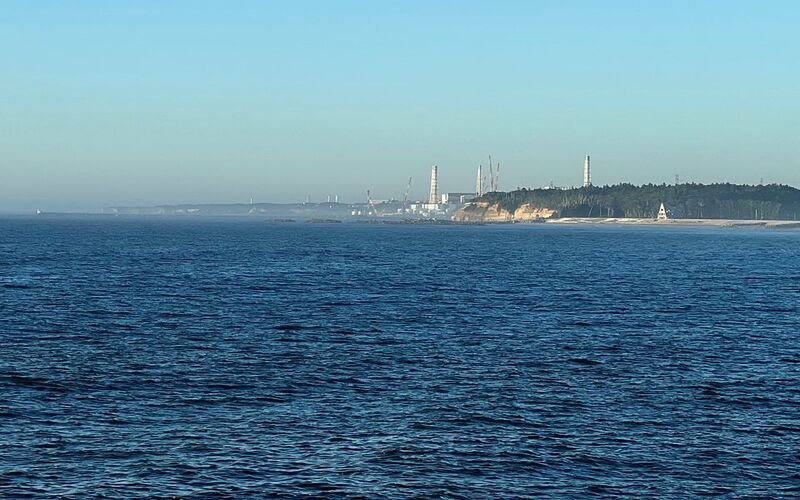Japan complains of harassment calls from China over Fukushima water release. In recent times, the world has been closely following the developments surrounding Japan’s decision to release water from the Fukushima Daiichi Nuclear Power Plant into the Pacific Ocean. This move has sparked significant concerns, not only in Japan but also on the global stage. In this article, we delve into the details of this issue, its implications, and its environmental considerations.
Introduction
The Fukushima Daiichi Nuclear Power Plant, located on the eastern coast of Japan, gained worldwide attention in 2011 when it experienced a catastrophic nuclear accident following a massive earthquake and tsunami. This disaster led to the release of radioactive materials into the environment, making it one of history’s most significant nuclear accidents.
The Decision to Release Water
In August 2023, the Japanese government announced its decision to release treated radioactive water from the Fukushima plant into the Pacific Ocean. This decision was met with immediate concern and opposition from the Japanese public and neighboring countries, particularly China and South Korea.
The Treatment Process
Understanding that the water slated for release is not raw radioactive wastewater is crucial. The plant operators have diligently treated this water to remove most radioactive contaminants. The treatment process involves a series of advanced filtration and purification techniques to ensure the water is safe to discharge into the ocean.
Environmental Impact Assessment
To comprehend the implications of this decision, it’s essential to consider the potential environmental impact. While Japanese authorities assert that the water will be released controlled and safely, concerns linger regarding the potential harm to marine life and ecosystems.
International Concerns
The decision to release water into the Pacific Ocean has raised alarm bells in neighboring countries, particularly China. They have expressed their concerns, citing potential harm to their fishing industries and the need for transparent information sharing from the Japanese government.
Regulatory Framework
International agreements and domestic laws regarding nuclear safety and environmental protection bind Japan. It’s important to note that these regulations have decided to release water, although this has not quelled the concerns of various stakeholders.
Conclusion
In conclusion, the decision to release treated radioactive water from the Fukushima Daiichi Nuclear Power Plant into the Pacific Ocean is a complex and contentious issue. While Japan argues it’s the most responsible and viable solution, concerns persist regarding its environmental impact and potential consequences for neighboring nations. The world will continue closely monitoring this situation, seeking to strike a delicate balance between environmental responsibility and nuclear safety.











































Comment Template